The quarry of soil for filling materials and weathered laterite exploited by ALMA Civil and Traffic Construction Joint Stock Company has many violations related to mineral exploitation activities in Tuong Son commune (Nong Cong).
According to Report No. 48-BC/DU dated June 13, 2025 of the Party Committee of Thanh Hoa Provincial People's Committee, from 2010 to present, Thanh Hoa province has made 4 adjustments to the planning for exploration and exploitation of minerals for common construction materials. In particular, after implementing the 2017 Planning Law, the province reviewed and included 557 mines in the mineral use planning for the period 2021-2030, with a vision to 2045.
Although the number of planned mines is large, by May 2025, only 304 mines have been licensed for exploitation. Of which, 214 stone mines are licensed for common construction materials, with a total area of about 1,057 hectares, total exploited reserves of about 187 million m3, exploitation capacity of about 12 million m3/year; 62 licensed soil mines with a total area of about 393 hectares, total exploited reserves of about 93 million m3, exploitation capacity of about 18.53 million m3/year; 28 licensed sand mines with a total area of about 299 hectares, with total exploited reserves of about 9.4 million m3, exploitation capacity of about 0.784 m3/year. While the demand for construction materials for construction works and projects in the area in 2025 is very high, about 33.27 million m3 of fill soil is needed; 5.49 million m3 of construction sand; 8.43 million m3 of construction stone... Through inspection of mining activities in the area, it shows that the licensed reserves only meet about 50 - 70% of the demand.
Looking at the figures, it can be seen that the number of approved mines is very large, but the reality of exploitation and supply of construction materials shows a difference. This shows the lack of synchronization between the planning vision on paper and the ability to implement and manage in practice. Many mines are included in the planning but are not feasible in terms of exploitation conditions, have no transportation routes, and are not agreed by the locality. Inspection and post-licensing inspection are also a big "loophole". Many businesses are licensed but have not implemented or have not implemented at the committed capacity; the situation of illegal exploitation, non-compliance with environmental and labor safety regulations is still common. In addition, the auction of mineral exploitation rights is slow, the procedures are prolonged, even lasting from 4 months to more than 1 year. Some cases of law violations during illegal exploitation or taking advantage of policy loopholes for personal gain, causing loss of resources, environmental pollution, and loss of security and order in the locality.
Based on the above situation, from 2023 to present, the Standing Committee of the Provincial Party Committee has issued a series of directive documents such as Notices No. 08, 41, 102; Official Dispatch No. 8291, 7805... requesting sectors and localities to urgently review, supplement planning, inspect mine conditions, speed up the auction of mining rights... However, many localities such as Nong Cong, Trieu Son, Ngoc Lac, Ba Thuoc... have reported proposing to add 17 soil and rock mines, but after inspection, no mines are eligible to be added to the planning (due to cultural planning, located in prohibited areas). Some other localities such as Dong Son, Nga Son, Bim Son town... have reported not proposing to supplement the planning, not stating the reason or the reason is that there is no more land area for planning or there is no need. There are 9 districts without documents for review and approval, including: Nhu Thanh, Nhu Xuan, Vinh Loc, Hau Loc, Ha Trung, Cam Thuy, Muong Lat, Yen Dinh, Lang Chanh. This clearly reflects the lack of initiative and laxity in the management role of the district level in mineral planning.
The gap between supply and demand leads to a shortage of construction materials, pushing up prices, not only directly affecting the progress and costs of public investment projects, but also negatively affecting civil construction activities, hindering the province's development speed. One of the biggest paradoxes today is that although the planned reserves are large, they are not converted into licensed reserves for exploitation. The reason is that the survey and planning process combined with cultural, defense, forestry plans... has eliminated many potential mines. Many mines are planned but are located in prohibited areas or have not been carefully reviewed to be added to the adjusted plan.
Faced with the shortage of construction materials, which directly affects the progress of key projects, it is time to change the mindset of mineral management from management by records to management by development needs; from passive licensing to proactive forecasting, planning, and auctioning by concentrated mining areas; from a scattered, overlapping mechanism to a unified coordination mechanism with clear assignment of responsibilities and strong enough sanctions. It is necessary to review all issued plans, assess their feasibility, effectiveness, and suitability to development needs. Along with that, strengthen management, supervision, and apply modern technology in mining supervision, such as satellite positioning, surveillance cameras to strictly control output, reserves, and mining activities. Strictly handle violations. Encourage full exploitation and deep processing, use of industrial waste, and production of new construction materials. This not only reduces pressure on natural resources but also opens up a sustainable development direction for the construction materials industry.
At the same time, it is necessary to make the entire mineral management process transparent; information on planning, licensing, reserves, and mining output needs to be public and easily accessible. This not only helps people and businesses grasp information in a timely manner but is also an effective tool to prevent corruption and negativity.
It is time for mineral exploitation management to require a new, flexible and decisive management mindset. It is not just about zoning and licensing, but must be managed comprehensively from planning, exploration, exploitation to use, processing and environmental protection. This requires synchronization in policy, transparency in process and the highest political determination to turn mineral potential into a real driving force for sustainable development.
Article and photos: Minh Hieu
Source: https://baothanhhoa.vn/quan-ly-khoang-san-nhung-van-de-dat-ra-253336.htm


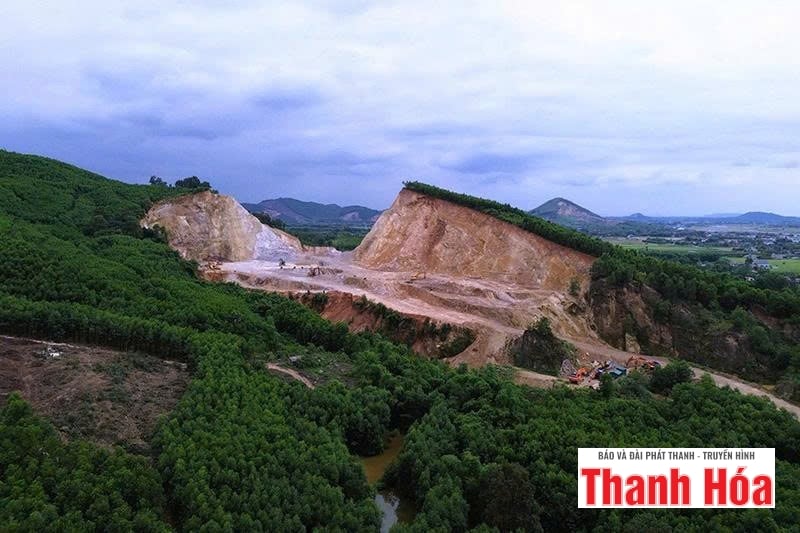



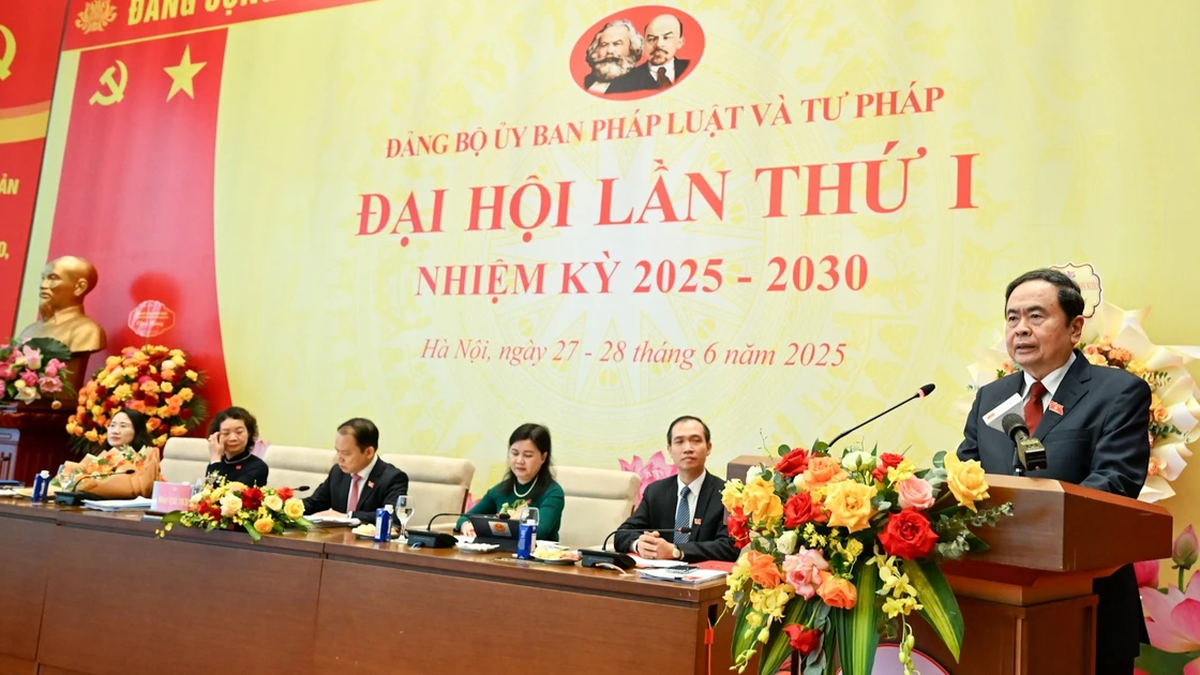
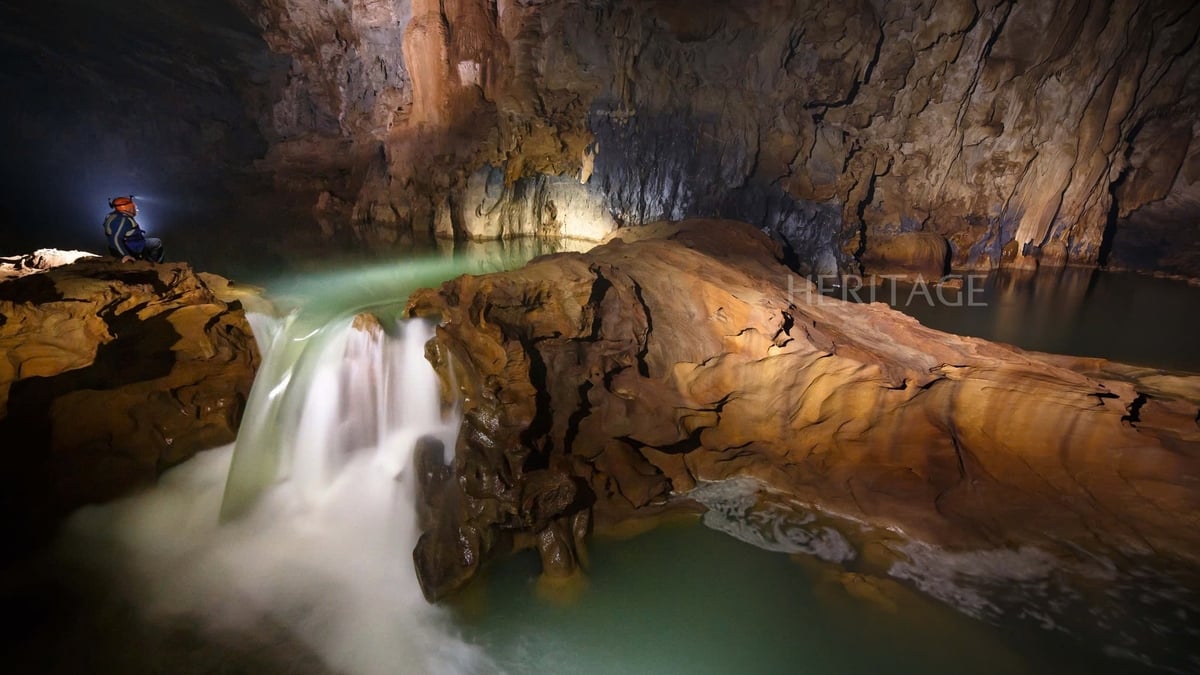

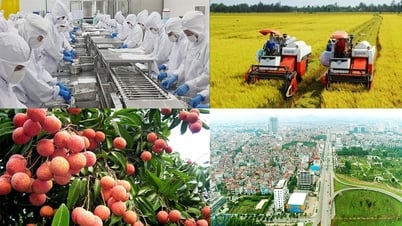

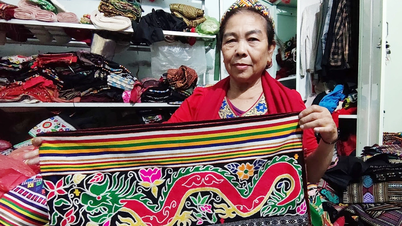

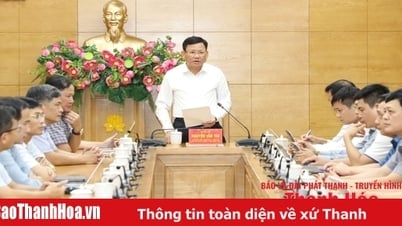
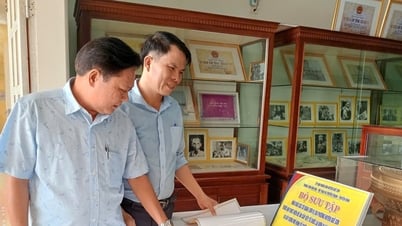

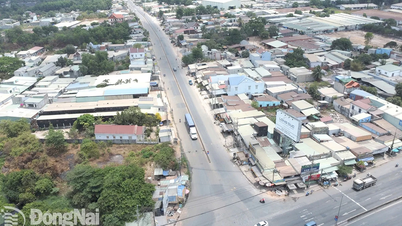

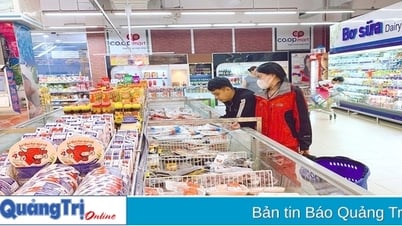

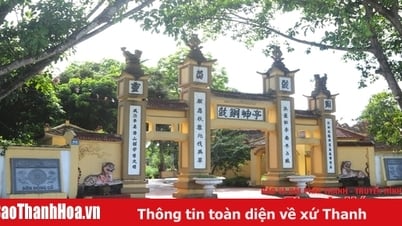


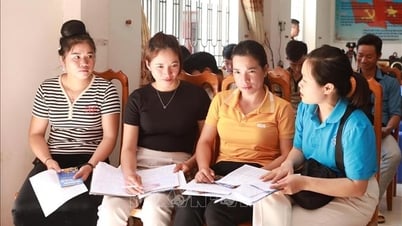

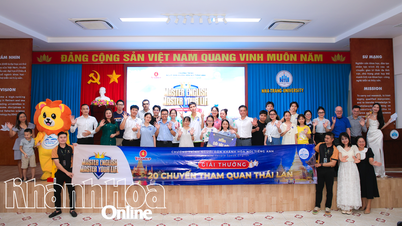
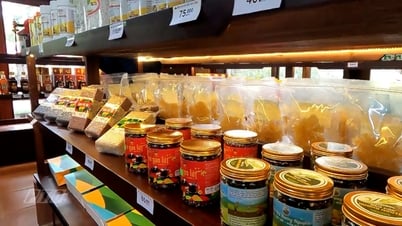





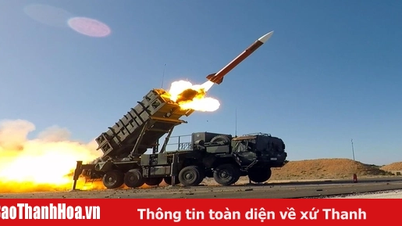
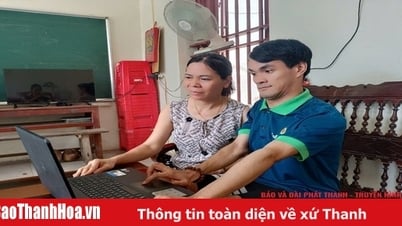


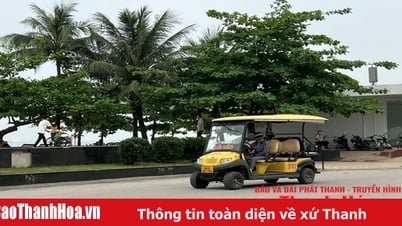
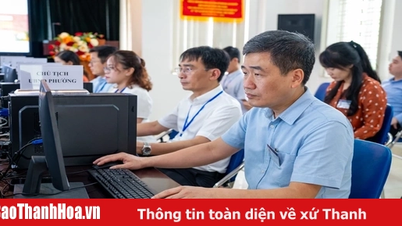
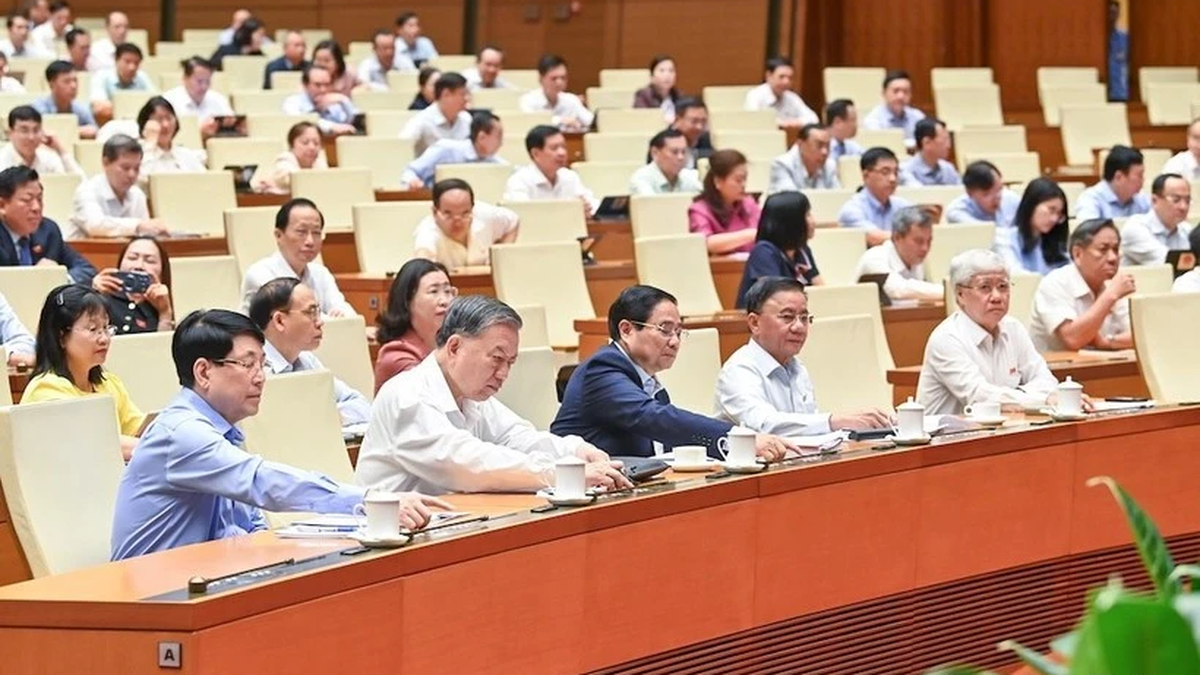

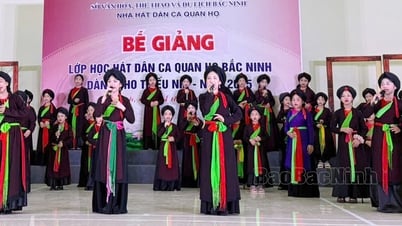

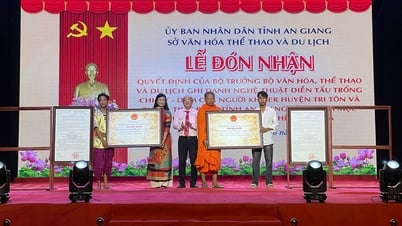

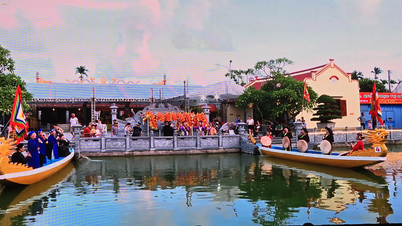

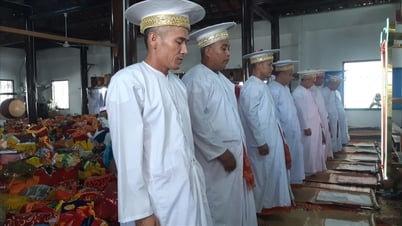

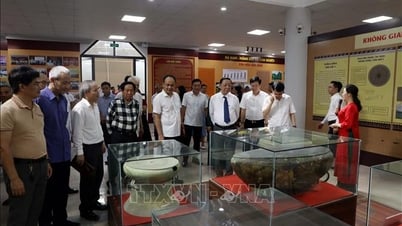





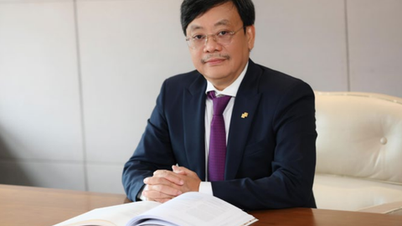















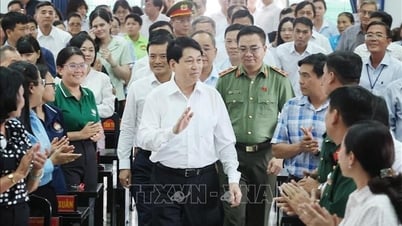
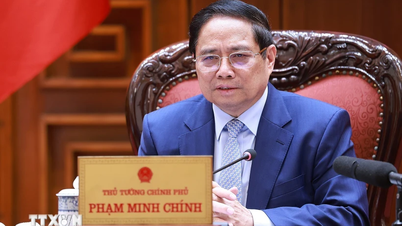


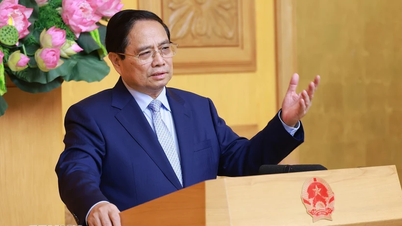




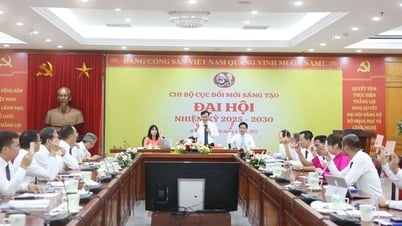
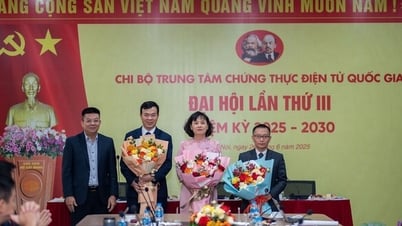


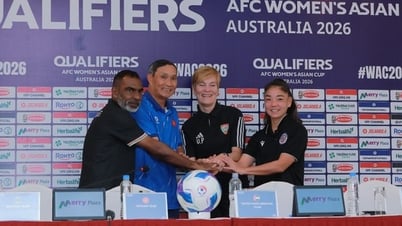
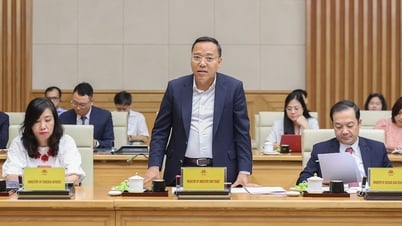

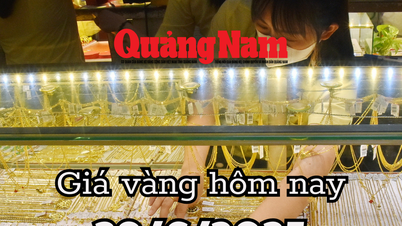


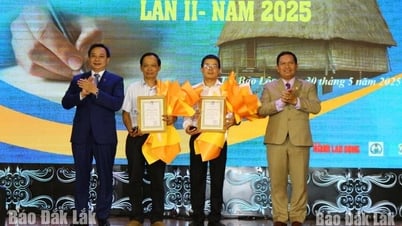



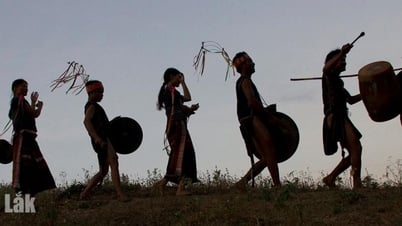















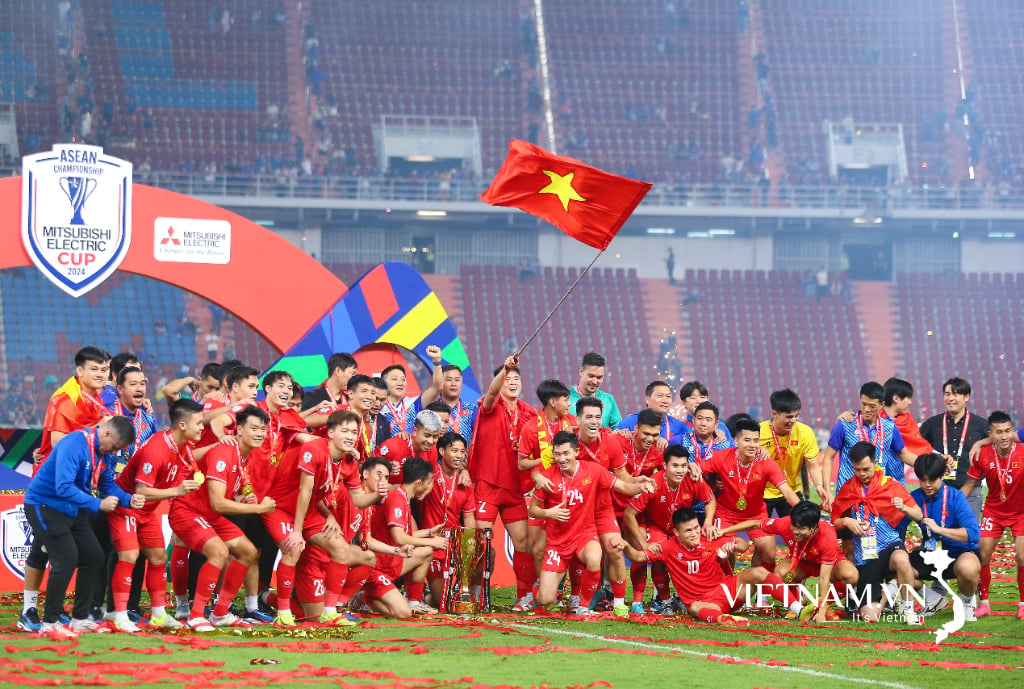

Comment (0)